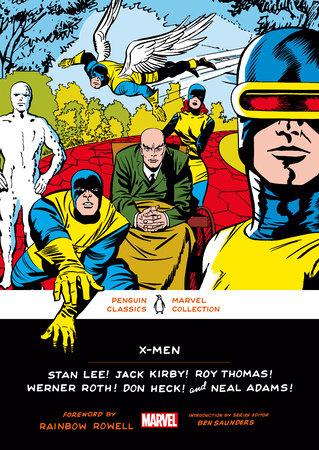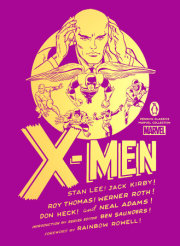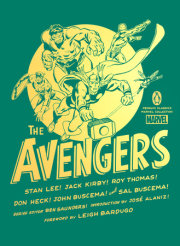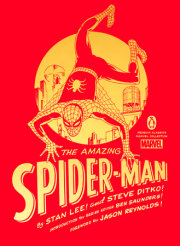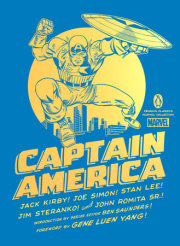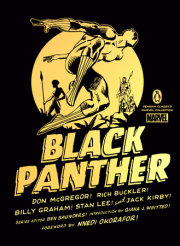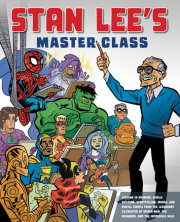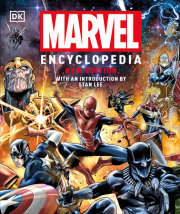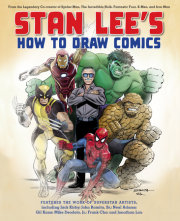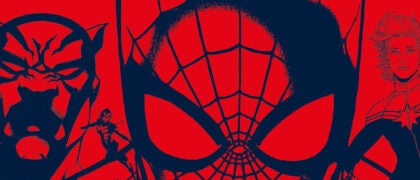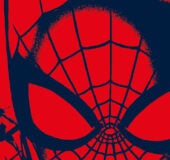Gifts for Marvel Lovers
With the holidays looming ever closer, it’s time to start planning for gifting! If there’s someone in your life who lives and breathes all things Spider-Man, can recite the entire lore of the MCU, or is a fixture in their local comic shop every Wednesday, we have exactly what you need to make their holidays




